The Wonderful World of Trademarks: Unlocking Your Intellectual Property Potential
In the realm of business, trademarks are essential. They are unique symbols or words, distinctive phrases or logos, even specific designs, that identify and differentiate goods or services' sources. Whether it's the Apple logo or Nike's famous "Just Do It" slogan, trademarks are integral in establishing a brand's identity. Today, we dive into this fascinating sphere and examine what can and should be trademarked - including some surprising elements you may never have considered.
Exploring Trademarks: Beyond Names and Logos
While business names, logos, and slogans are the most typical trademarks, the world of intellectual property is far more expansive:
1. Sounds: Some brands have gone beyond visual symbols and trademarked distinctive sounds. Notable examples include the MGM lion's roar, the NBC chimes, and Harley-Davidson's engine sound.
2. Colors: A company can legally protect a color strongly associated with its brand, such as Tiffany & Co.'s unique shade of blue.
3. Shapes: Unique product or packaging shapes can also be trademarked. An excellent example is the Coca-Cola bottle's distinctive contour.
4. Scents: Interestingly, even particular smells can be protected under trademark law. Manhattan Toy Company has trademarked a specific vanilla scent for their line of plush dolls.
The question then arises: what should you trademark? The answer lies in what is unique about your brand and what differentiates you from the competition. If it's distinctive, clear, and represents your goods or services, it's worth pursuing a trademark.
Trademarks: The Unusual Suspects
Beyond the common types of trademarks, there are some lesser-known, yet legally valid types:
1. Tactile marks: These are trademarks based on touch, such as a unique fabric texture.
2. Motion marks: Specific motions associated with a product or service can be protected, like a unique transition effect in a software application.
3. Holograms: Unique holograms used in branding or packaging can be trademarked.
4. Flavors: While challenging, it's not impossible to trademark specific flavors. A pharmaceutical company, for instance, could trademark a unique artificial flavoring for its medicine.
5. Trade Dress: This involves the visual appearance of a product or its packaging, which signals the source of the product to consumers. The interior design of Apple Stores is a protected example of trade dress.
Harnessing the Power of Trademarks
In essence, trademarks are much more versatile than one might initially think. They encompass not only logos or business names but can extend to sounds, colors, shapes, scents, tactile sensations, motions, holograms, flavors, and even overall visual appearances (trade dress) of products or stores.
Trademarks are not simply a legal requirement or business strategy but a testament to the power of human ingenuity. They safeguard our intellectual property, ensuring that our creative efforts are duly recognized and rewarded.
Take a moment to recognize the multitude of trademarks surrounding us in daily life. If you're an entrepreneur or a business owner, consider the vast potential your brand holds in terms of trademarks.
Remember, your trademark isn't just a symbol – it's the story of your business. And protecting that story is invaluable.
If you have questions about obtaining or protecting a trademark, contact an intellectual property attorney at Ed White Law.
